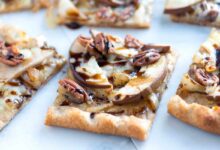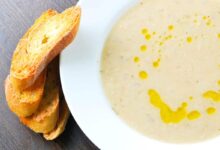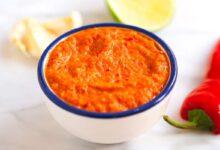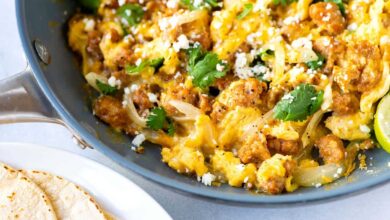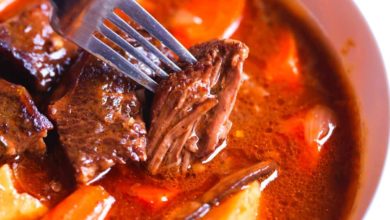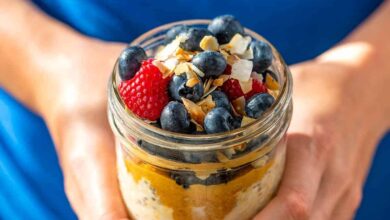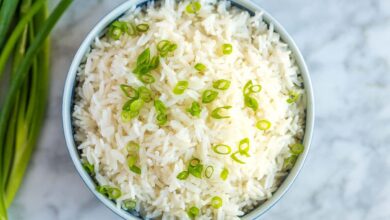How to make peanut butter at home! We can’t stop making this easy homemade peanut butter recipe. It’s so much tastier than store-bought. Learn to make creamy or crunchy peanut butter and two more delicious variations below.
Watch the video
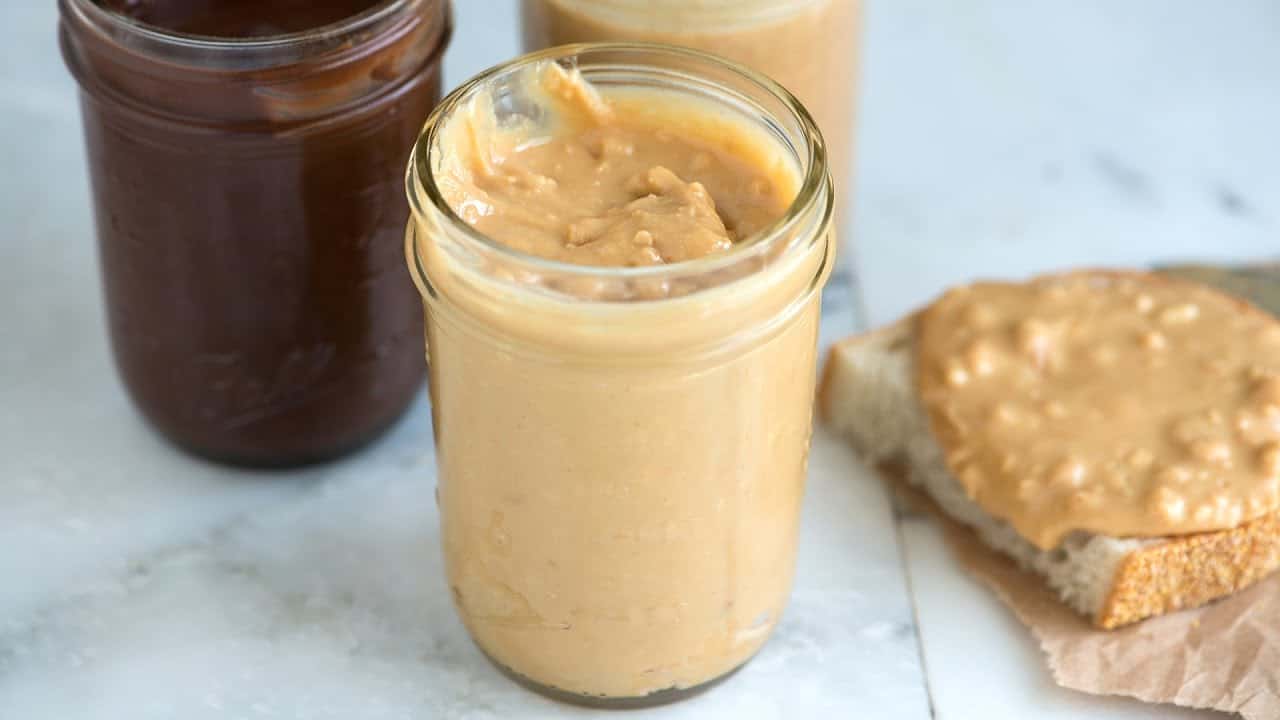
We go through a lot of peanut butter in our house. So much of it that we were determined to start making it ourselves. It’s so EASY, and to make things even more exciting, homemade peanut butter tastes much better than the store-bought jars (also true for homemade almond butter and homemade cashew butter).
Making peanut butter from scratch gives you all the control. You can make it smooth or crunchy, sweeten it with maple syrup or honey, and control the amount of salt. Below, I share our go-to peanut butter recipe, plus two more variations to try for fun: almond peanut butter and chocolate peanut butter (think Nutella, but with peanuts).
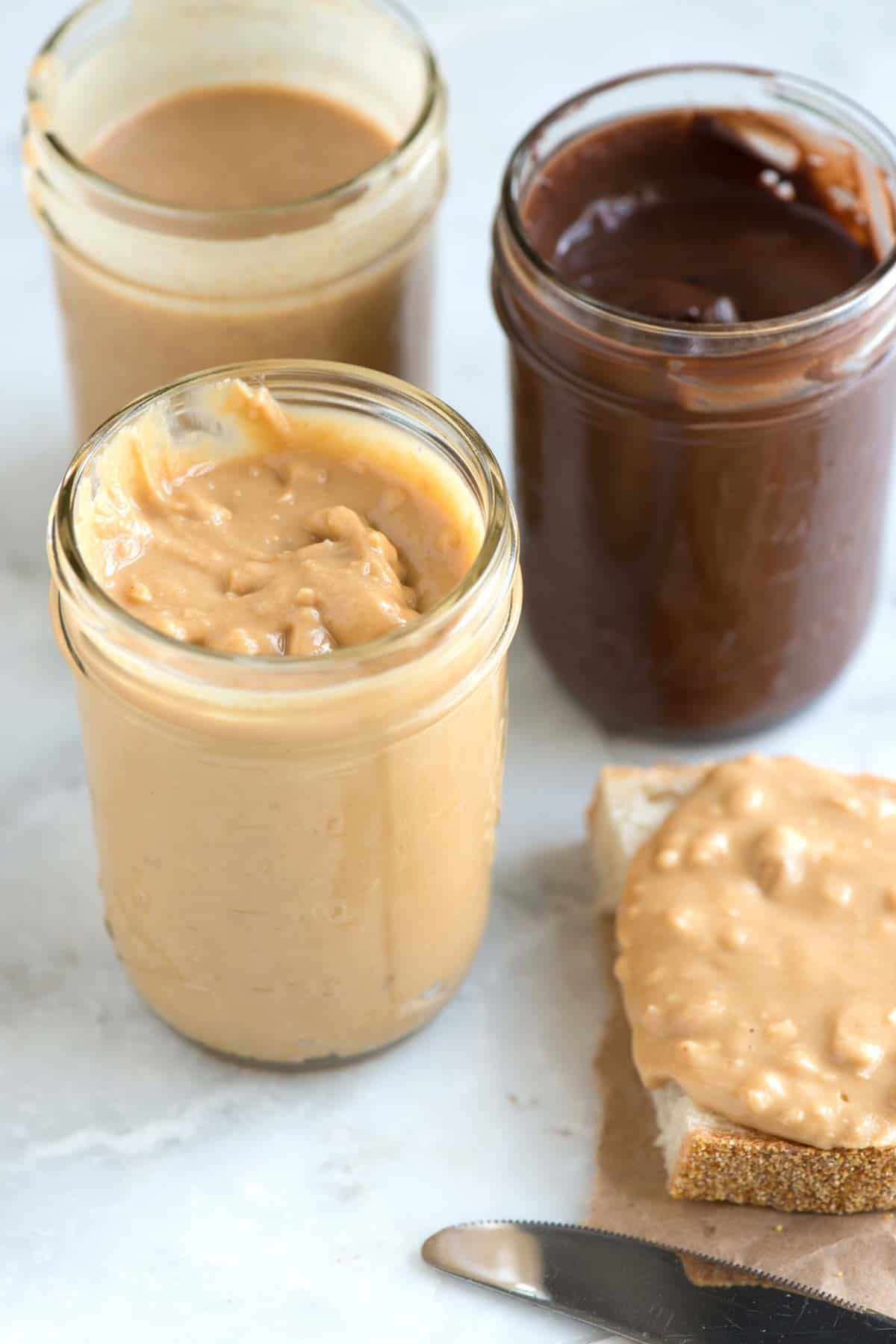
How to make peanut butter
You can make our peanut butter recipe in under 15 minutes. The most time-consuming part of this easy recipe is roasting the peanuts, which takes about 10 minutes. Then, you need 5 minutes to process them in a food processor or high-powered blender.
I roast the peanuts in an oven preheated to 350 °F ( 177 °C) and crowd them into a round or square cake pan. The smaller cake pan keeps the nuts together, preventing nuts around the edges from browning too quickly. We can make our peanut butter when the peanuts smell toasty and pick up a little color.
I use my food processor to make peanut butter, but a high-powered blender will do the trick. Toss the roasted peanuts into the processor bowl, turn on, and watch as the peanuts transform.
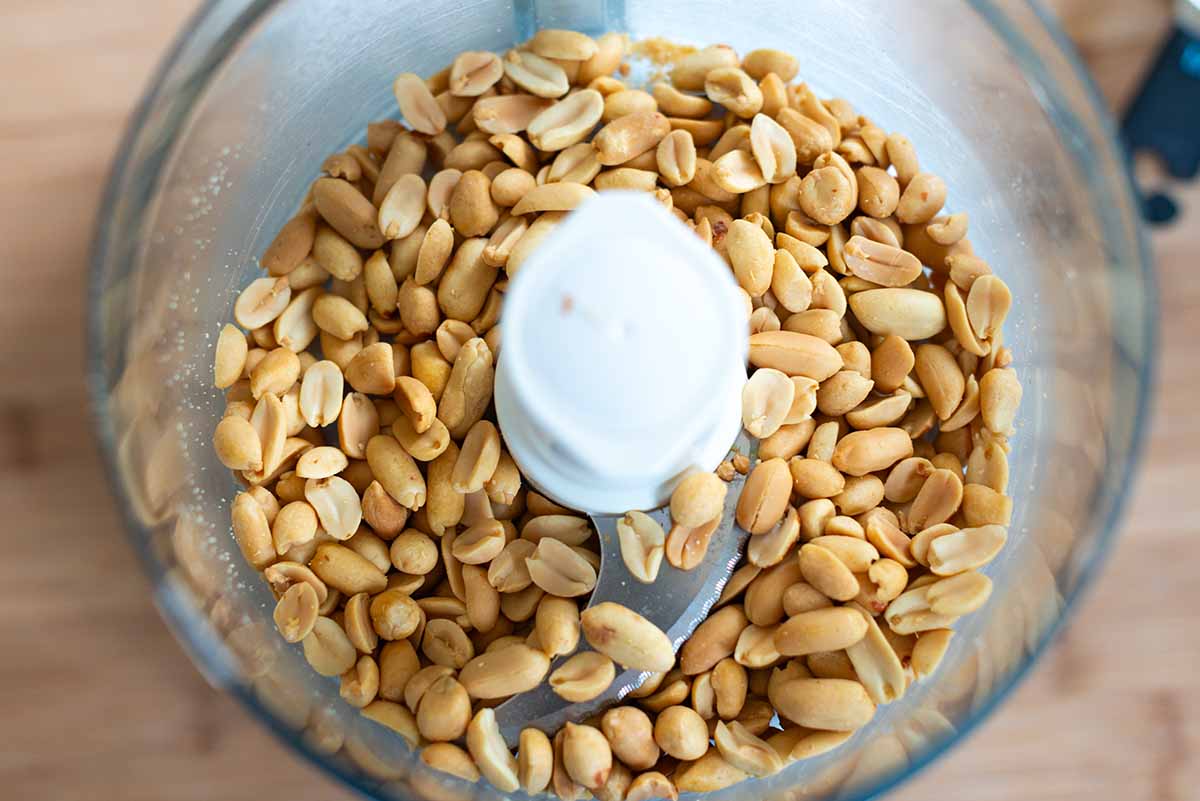
In the beginning, the peanuts look dry and very crumbly. So much so that you might even second guess that they will turn into anything resembling peanut butter.
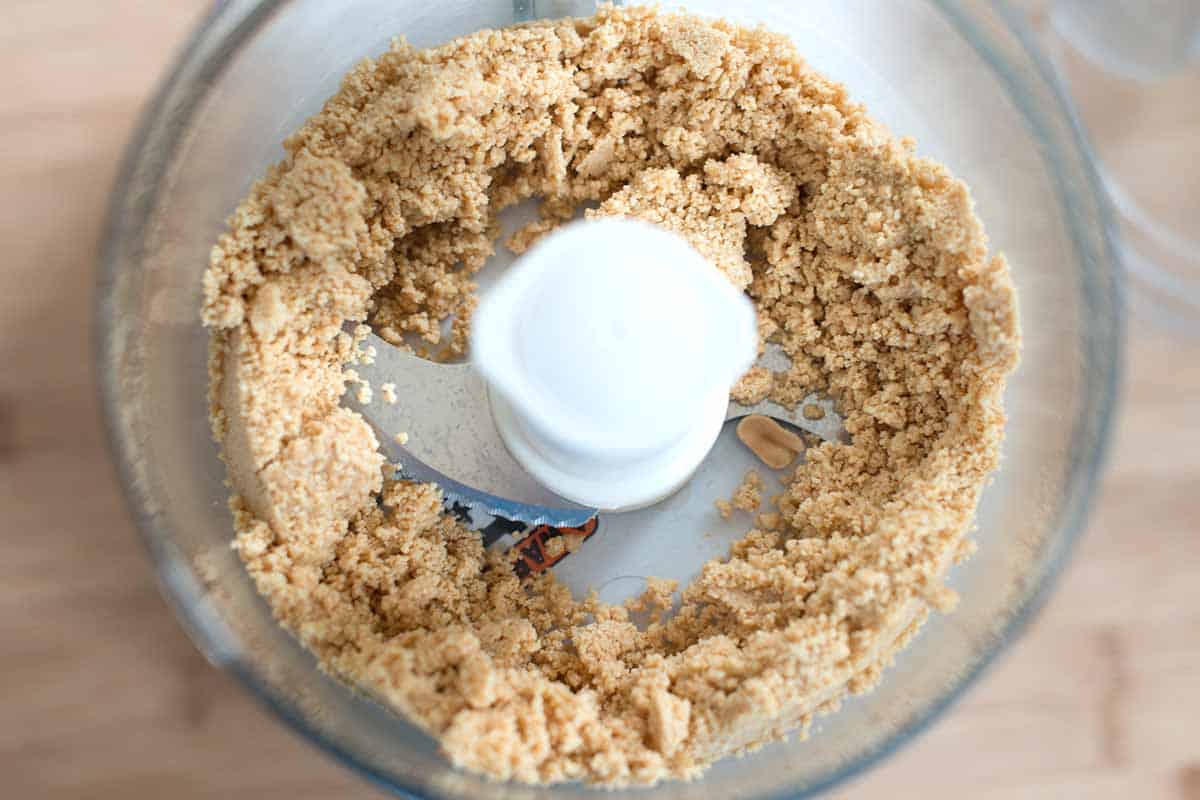
After a minute or two more of processing, you’ll see the dry, crumbly mixture looks more similar to a thick paste. Keep going, and you’ll see it gives up and turns into a silky smooth peanut butter.
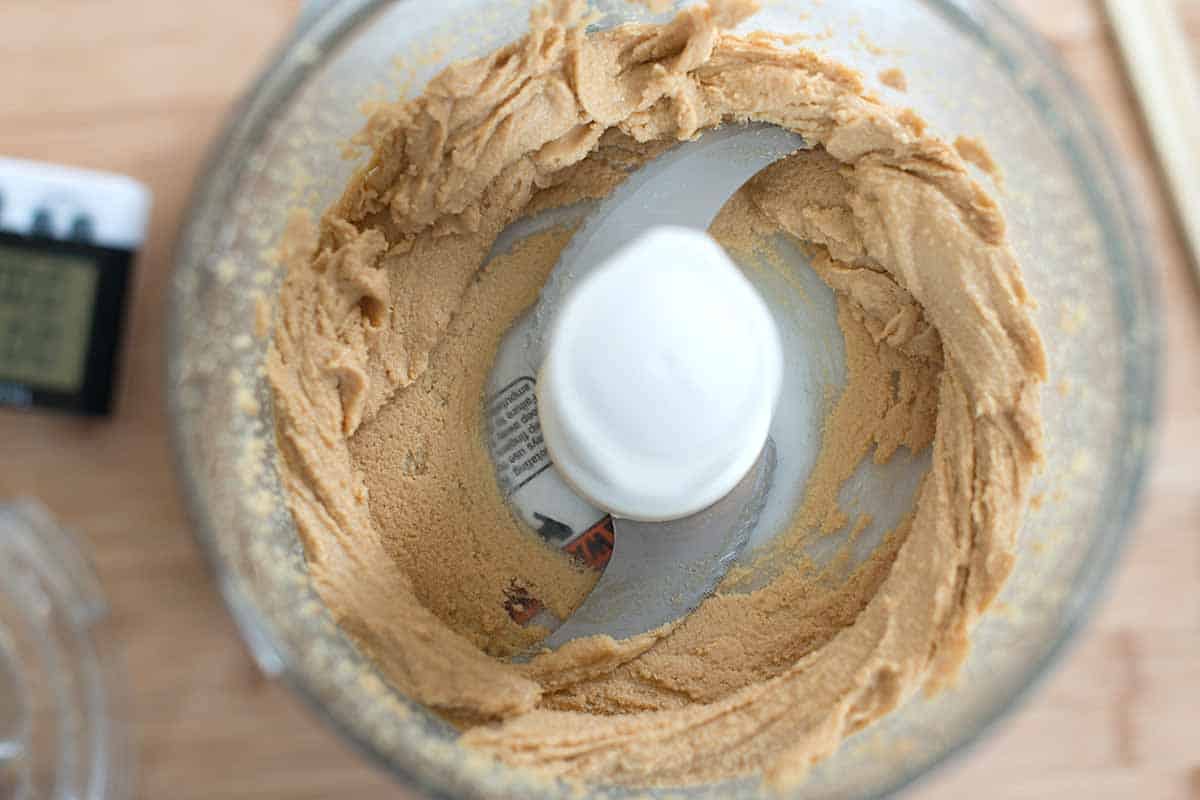
At this point, I love to sweeten the peanut butter with maple syrup (or honey) and add a pinch or two of salt. If your peanut butter is still thicker than you’re looking for, add some oil — any neutral oil will do.
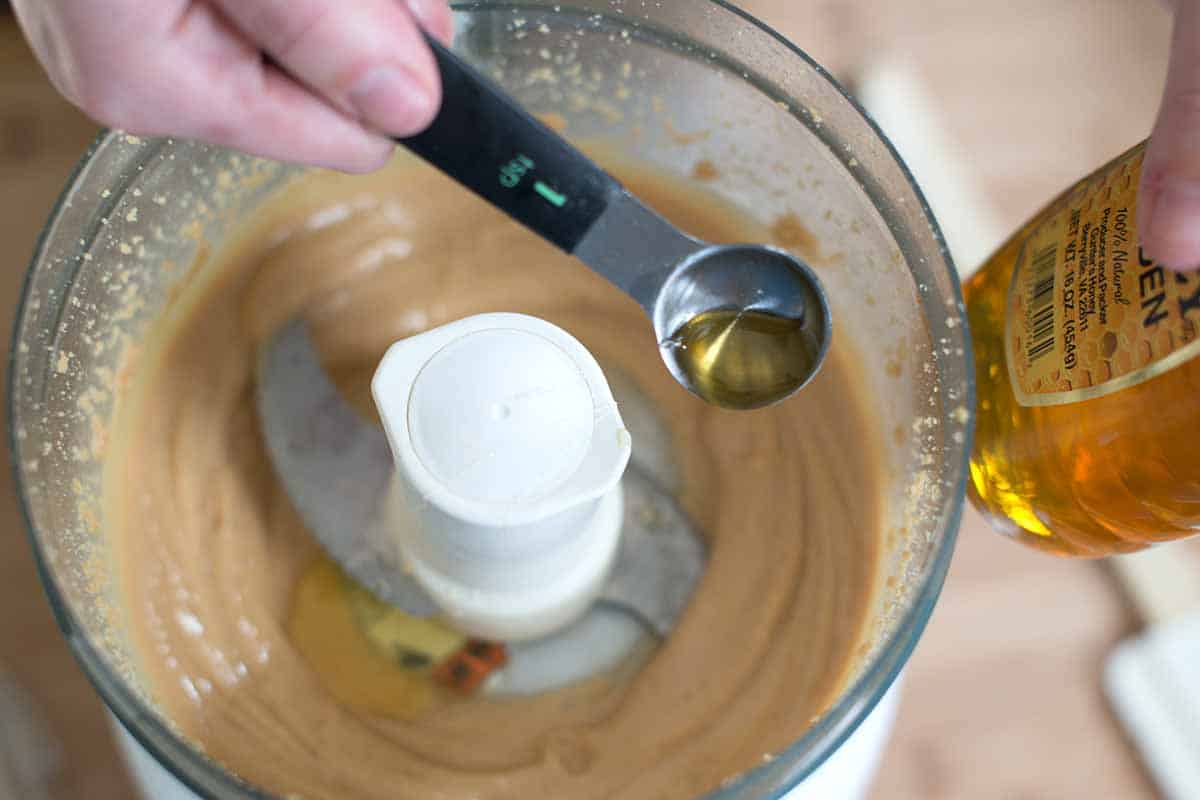
How to make crunchy peanut butter
Our family is all about crunchy peanut butter. To make your PB crunchy, you are going to add a third cup of the roasted peanuts to the food processor and pulse until you see little bits. Save these for later. Follow our peanut butter recipe until you have a smooth consistency. Add your sweetener and salt, and then stir in the reserved bits of peanuts.
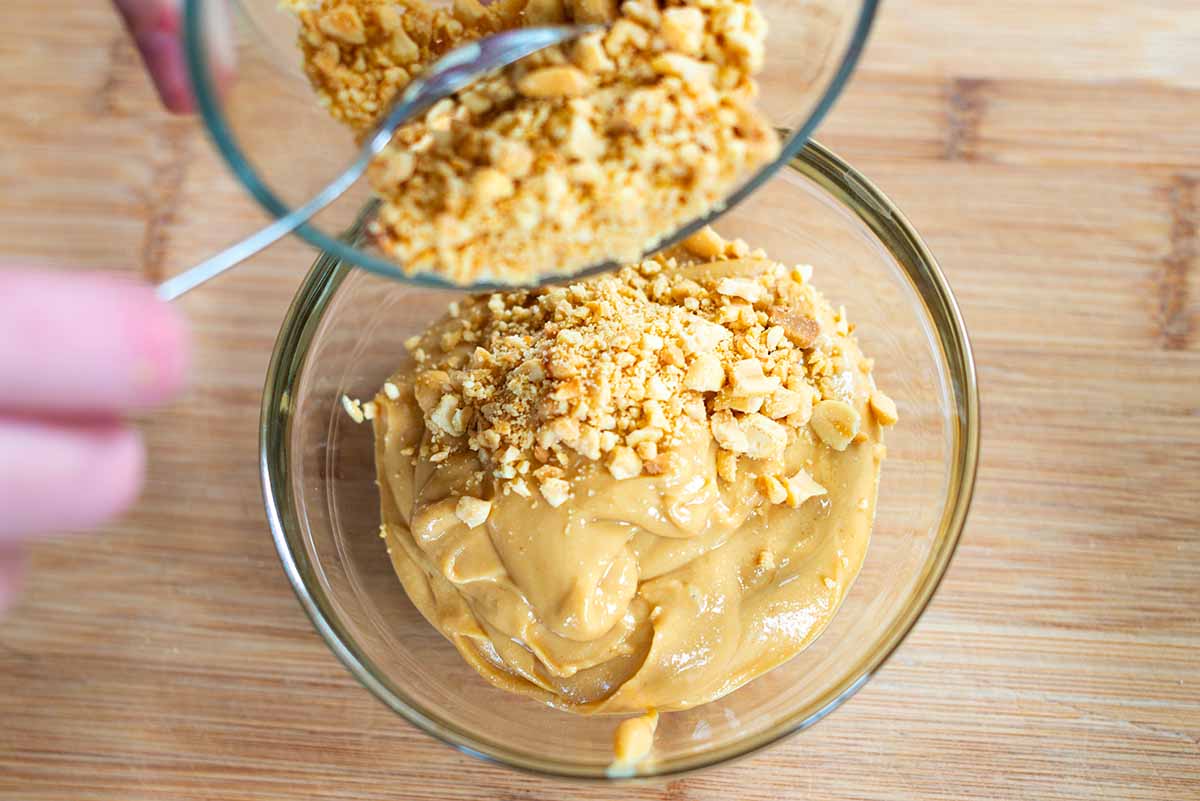
Variation 1: Almond peanut butter
You can get creative now that you are a pro at making basic peanut butter. One of our favorite twists on this recipe is using equal parts of peanuts and almonds. For 100% almond butter, see our recipe for almond butter.
The process is the same: roast the nuts, then process and watch the magic happen. Add salt and maple syrup (or honey) as needed, then check the consistency. The almonds are a bit drier, so the peanut almond butter needs a bit of oil to smooth things out.
Variation 2: Chocolate peanut butter (pure joy)
Okay, now for my favorite: Chocolate peanut butter. Think of it as a Nutella made with peanuts instead of hazelnuts. It’s quick and easy to make. Make our basic peanut butter recipe, then add cocoa powder and powdered sugar instead of maple syrup. The result is creamy, chocolate peanut butter goodness — we love it!
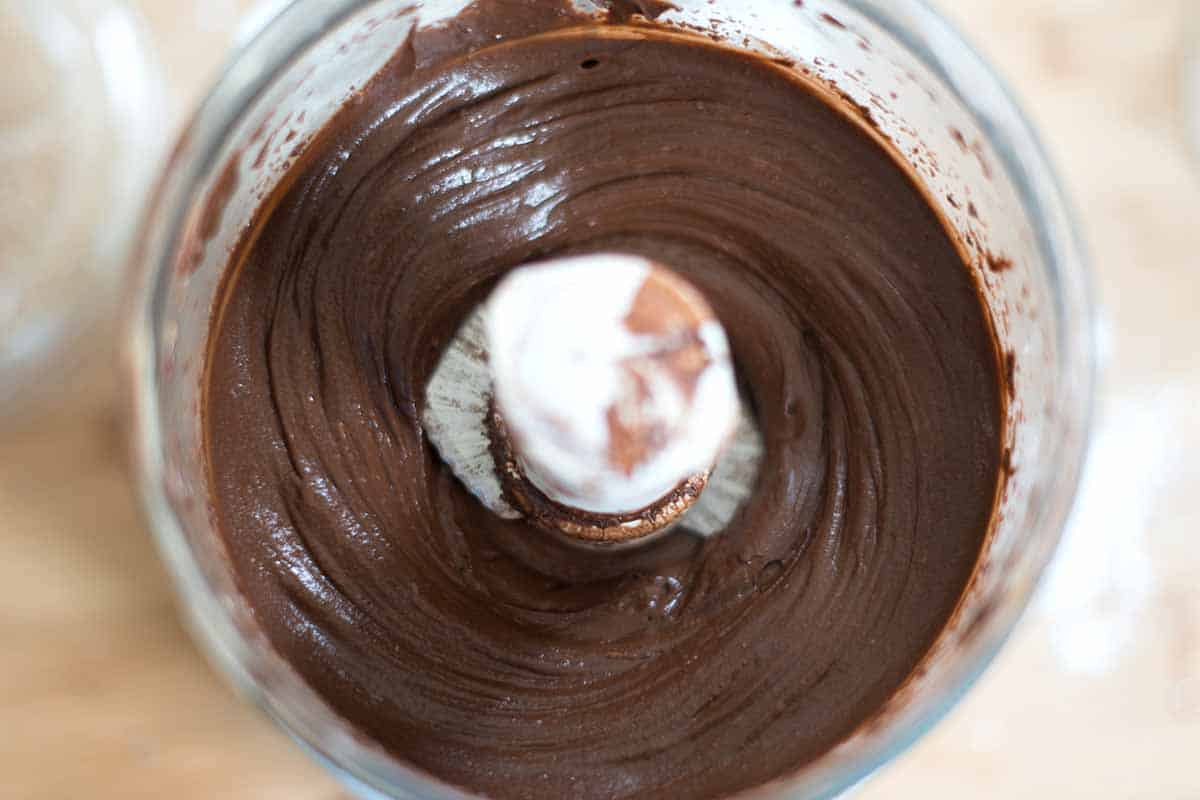
How to use homemade peanut butter
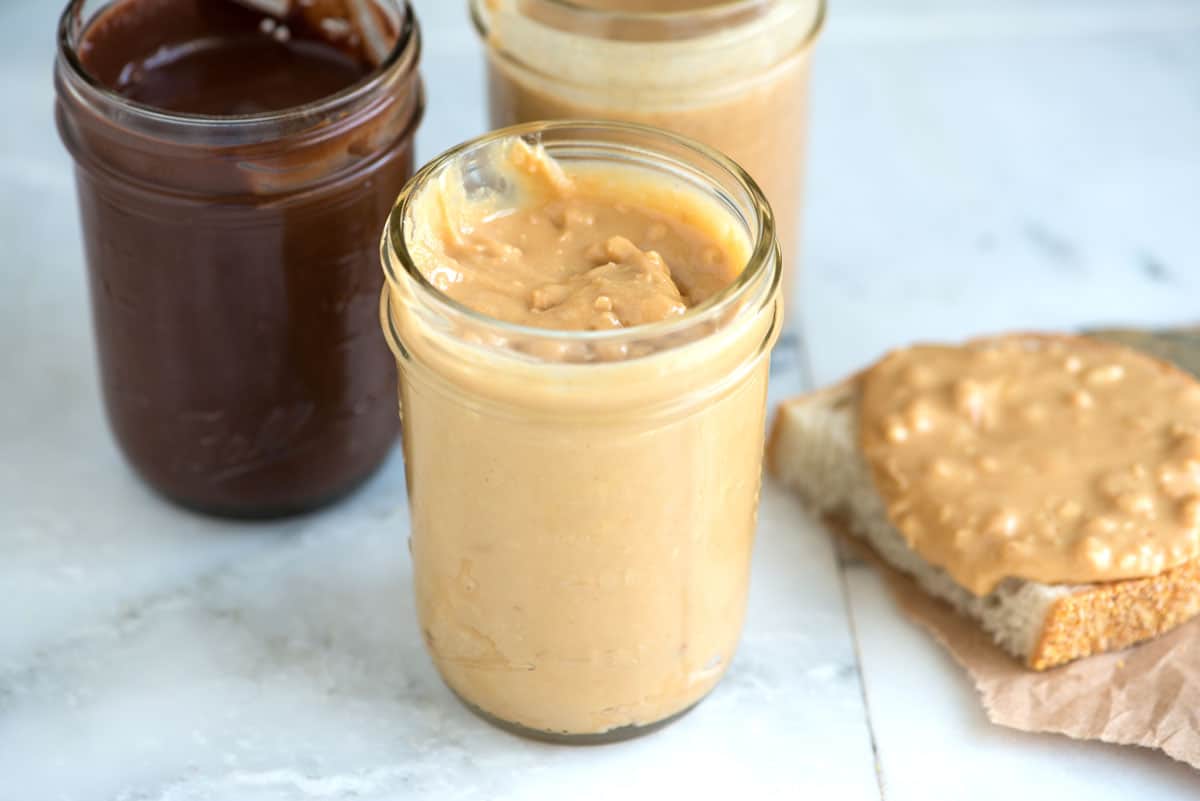
Best Homemade Peanut Butter
-
PREP
-
COOK
-
TOTAL
Our peanut butter recipe is so simple to make — all you need is a food processor and 15 minutes. The recipe below shares our basic recipe, how to make crunchy peanut butter, and two more delicious variations.
We always roast our peanuts (even if the package says roasted). A little time in the oven warms up all the oils in the nuts and brings them to life, making them taste better.
Oil is optional but does help if your nut butter is too thick. Any neutral oil will do the job. You should not need a lot, maybe a teaspoon or two.
Makes approximately 1 1/4 cups or 20 (1 tablespoon) servings
Watch Us Make the Recipe
You Will Need
Basic Peanut Butter
2 cups (300g) unsalted shelled peanuts
Fine sea salt
1 to 2 teaspoons maple syrup or honey
1 to 3 teaspoons peanut or vegetable oil, as needed
Almond Peanut Butter
1 cup (150g) unsalted shelled peanuts
1 cup (150g) unsalted whole almonds
Fine sea salt
1 to 2 teaspoons maple syrup or honey
1 to 3 teaspoons peanut or vegetable oil, as needed
Chocolate Peanut Butter
2 cups (300g) unsalted shelled peanuts
Fine sea salt
2 tablespoons peanut oil or vegetable oil, plus more as needed
1/2 cup (45g) unsweetened cocoa powder
1 cup to 1 ½ cups (170g) powdered sugar
Directions
- Roast Peanuts
1Preheat the oven to 350° F (177° C). Add the peanuts to a round or square cake pan (or small rimmed baking sheet).
2Roast the peanuts for 3 minutes, shake the pan, then roast another 3 to 5 minutes or until the nuts are lightly browned and smell nutty (watch them to prevent over-browning). Let them cool until you can handle them.
- Basic Peanut Butter
1If you are making crunchy peanut butter, add 1/3 cup of the roasted peanuts to the bowl of a food processor—pulse 6 to 8 times or until the peanuts are chopped small. Transfer chopped peanuts to a bowl and reserve for later.
2Add the remaining roasted peanuts to the bowl of a food processor. Process them for 1 minute, then scrape the sides of the bowl with a rubber spatula. Process another 2 to 3 minutes until the peanut butter is shiny and smooth. The peanuts will go from crumbly and very dry to a clumpy mixture and finally to smooth and shiny.
3Add your desired amount of salt and maple syrup (or honey), then process until combined. We add 1/4 to 1/2 teaspoon of salt. Check the consistency — if it seems too thick, add oil, a teaspoon at a time, until you are happy with it.
4For crunchy peanut butter, stir in the reserved peanuts.
- Almond Peanut Butter
1Roast the peanuts and almonds as directed in the basic recipe above, then add them to the bowl of a food processor. Process them for 1 minute, then scrape the sides of the bowl with a rubber spatula. Process another 2 to 3 minutes until shiny and smooth.
2Add your desired amount of salt and maple syrup (or honey), then process until combined. We add 1/4 to 1/2 teaspoon of salt. Check the consistency — if it seems too thick or dry, add oil, a teaspoon at a time, until you are happy with it.
- Chocolate Peanut Butter
1Roast the peanuts as directed in the basic recipe above, then add them to the bowl of a food processor. Process them for 1 minute, then scrape the sides of the bowl with a rubber spatula. Process another 2 to 3 minutes until shiny and smooth.
2Add salt, oil, cocoa powder, and powdered sugar, then process for another minute until blended and shiny. Check the consistency — if it seems too thick, add oil, a teaspoon at a time, until you are happy with it.
Adam and Joanne’s Tips
- How to store: Transfer the peanut butter to a food-safe container, cover it, and store it in the refrigerator for up to one month. If the peanut butter separates, use a spoon to stir it until it is well blended.
- Using a blender: As long as you have a relatively high-powered blender, you can make peanut butter in a blender. The steps will be the same as with a food processor.
- Vegan peanut butter: Use maple syrup instead of honey to sweeten the peanut butter.
- Nutrition facts: The facts provided below are estimates for the basic recipe. We have used the USDA database to calculate approximate values.
Nutrition Per Serving
Serving Size
1 tablespoon
/
Calories
95
/
Protein
3 g
/
Carbohydrate
3 g
/
Dietary Fiber
1 g
/
Total Sugars
1 g
/
Total Fat
8 g
/
Saturated Fat
1 g
/
Cholesterol
0 mg

